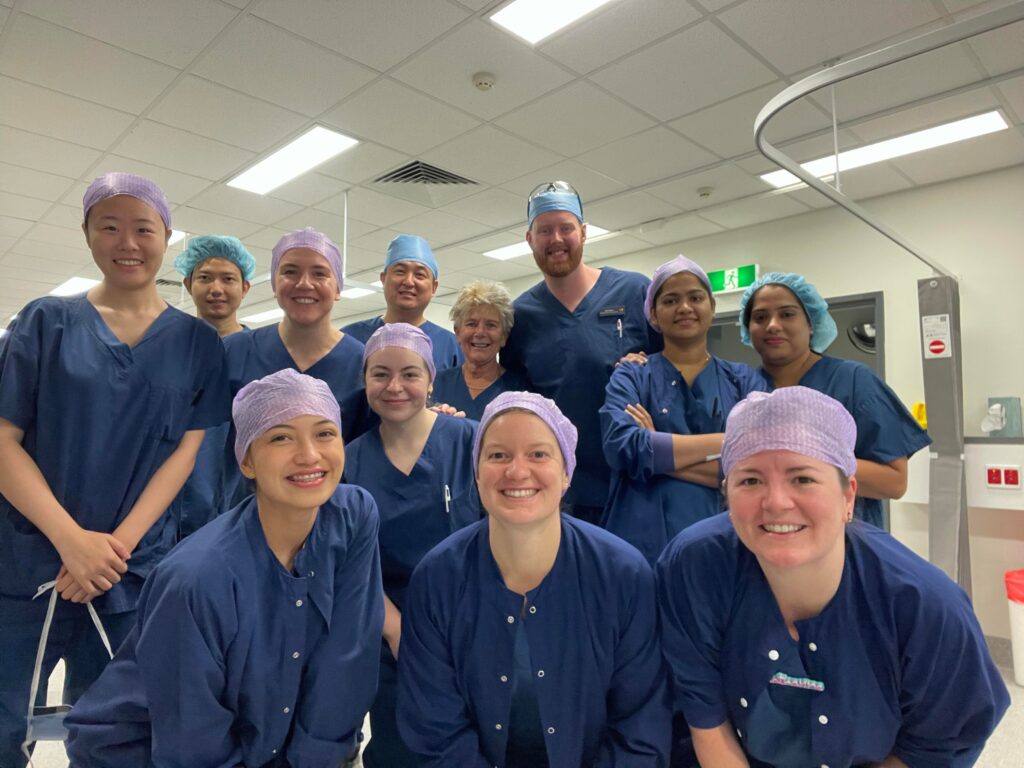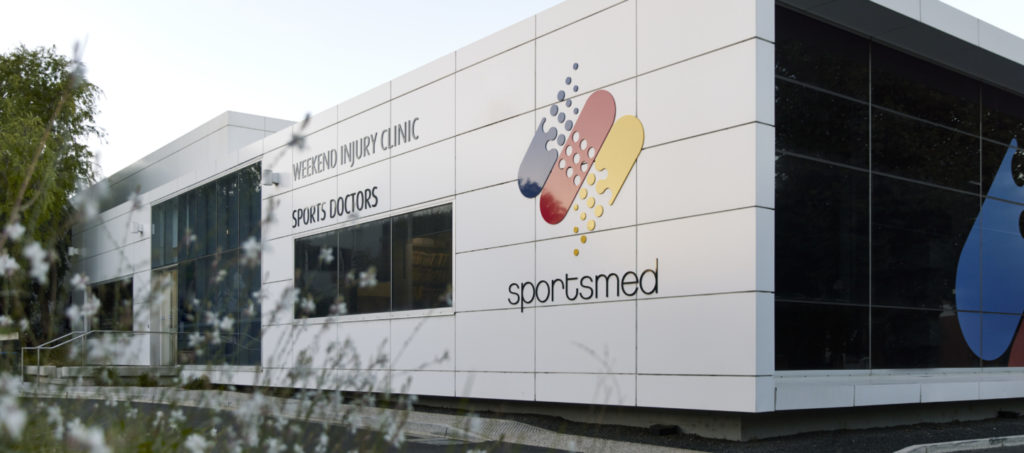An elbow arthroscopy is used to examine, diagnose and treat ailments of the elbow joint.
A thin fibre-optic telescope (arthroscope) with a tiny camera lens and light is inserted into the elbow joint via a small incision. The camera allows the surgeon to magnify and closely inspect all areas inside the joint.
Although most joint injuries and disease can be generally diagnosed through medical history, physical examination, x-rays or scans, an arthroscopy can provide a direct and in-depth analysis and view of the affected area. The arthroscope enables surgeons to see more of the joint than is possible with a standard, open surgical operation. It also enables treatment to be undertaken.
Arthroscopy can treat a number of conditions that affect bones, cartilage, ligaments, muscles and tendons. Some ofthe conditions that can be treated by arthroscopy are::
- Tennis or Golfer’s elbow
- Loose body removal, ( where loose fragments lie within the joint and impair movement)
- Stiffness in the elbow due to scaring Scar tissue that blocks motion of the elbow
- Arthritis, degenerative and inflammatory
- Inflammation
- Fractures
conditions
Tennis Elbow
This painful condition affects the attachment of tendons adjacent to the elbow joint and can be released using an arthroscopic procedure.
Removal of Loose Bone or Cartilage
Loose pieces of bone or cartilage within the joint can limit movement and cause pain. They can be readily removed.
Release of Scar Tissue
Scar tissue that is blocking motion in the elbow and causing stiffness can be released.
Wear and Tear Arthritis (Osteoarthritis)
The joint is inspected removing any loose fragments, while smoothing rough surfaces. Bony overgrowth can be removed to increase movement and elbow function.
Inflammatory Arthritis (Rheumatoid Arthritis)
In this condition, the elbow can be filled with an inflamed lining called the synovium and this can be biopsied and removed.
before surgery
Medical History
Your surgeon will ask about your elbow symptoms to ascertain an accurate diagnosis. They will need to know your medical history and what medications (prescribed and non-prescribed) you are currently taking in order to plan the best treatment. Any and all health problems must be disclosed to avoid issues that may complicate surgery, the anaesthetic process and recovery from the procedure.
Physical Examination
You will undergo an examination to test the range of movement, strength and stability in the elbow. The evaluation also ensures that you are capable and sufficiently healthy to safely undergo elective surgery and complete the recovery process.
Tests
You may require a number of pre-anaesthetic tests including blood tests and an electrocardiogram to electronically record the activity of your heart.
X-rays
X-rays will be conducted to examine the extent of the damage to the elbow joint. In many instances further scanning may be required. We regularly use ultrasound scans for tendons, whilst CT and MRI scans are used for fractures, arthritis and instability.
General Anaesthesia
You will be put to sleep under general anaesthesia during the operation.
after surgery
After an arthroscopy, patients can return home the same day as the operation.
Those who also require open surgery beyond arthroscopic treatment may stay in our hospital overnight.
Pain Relief
Some considerable pain and discomfort can be expected, but pain relievers will be prescribed.
Ice
An ice pack can be applied for 15-20 minutes every hour to help decrease swelling and pain, and potentially prevent tissue damage.
Elevation
Elevating the injured elbow above the level of your heart can decrease swelling and pain. While the elbow is elevated, wiggle your fingers and open and close them to prevent stiffness in the hand.
Exercise
An exercise program will be provided by one of our physiotherapists prior to the surgery to help with recovery following the procedure.
risks and complications
As with all surgical procedures, elbow arthroscopy does involve some risks. While your surgeon will take every precaution necessary to minimise risk, complications can occur that may have permanent repercussions.
Some specific risks related to elbow arthroscopy include:
- Blood vessel damage
- Excessive swelling or bleeding in the joint
- Infection
- Nerve irritation or damage
- Stiffness after surgery
contact
This fact sheet is a brief overview of elbow arthroscopy. To make an appointment or enquiry with one of our elbow, wrist and hand surgeons, contact 08 8362 7788.



